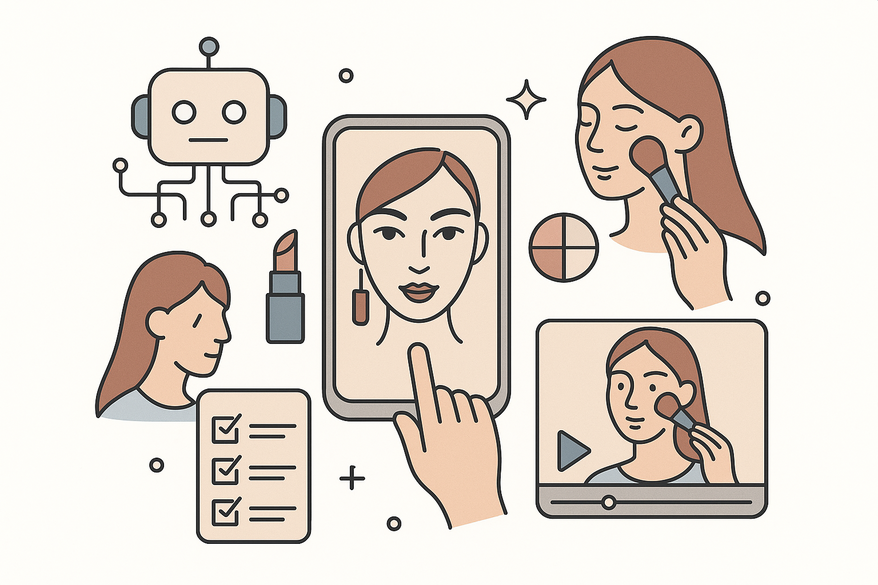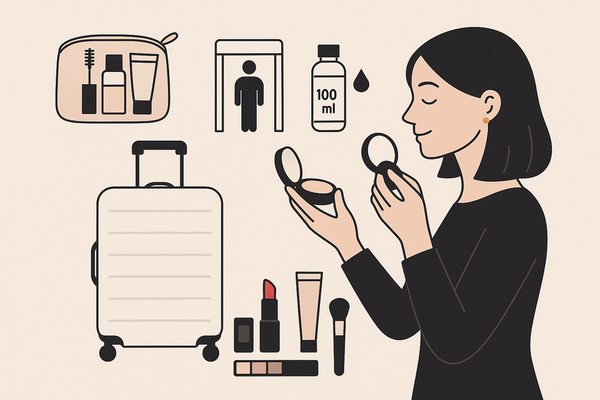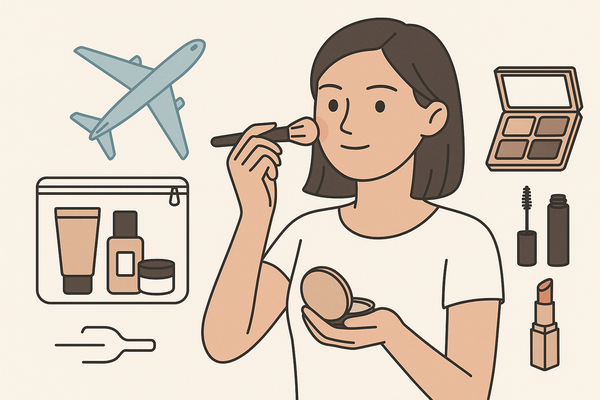10 AI Makeup Engagement Tips to Skyrocket User Retention in Your Beauty App
Discover 10 AI makeup engagement tips to boost user retention in your beauty app with personalized experiences, AR try-ons, and adaptive tutorials.

Estimated reading time: 7 minutes
Key Takeaways
- AI-driven personalization and AR try-ons significantly boost click-through and conversion rates.
- High engagement and retention lower acquisition costs (CAC) and increase lifetime value (LTV).
- Ten core strategies cover personalized recommendations, virtual try-on, interactive tutorials, data loops, and more.
- Implementation relies on best practices in data collection, technology partnerships, analytics, and iterative improvements.
- Ethical data handling and continuous feedback loops ensure user trust and long-term loyalty.
Table of Contents
- The Role of AI in Makeup Apps
- Why Engagement and Retention Are Critical for Makeup Apps
- Core AI Makeup Engagement Tips
- Implementation Strategies
- Conclusion
Introduction
AI makeup engagement tips are actionable, AI-driven strategies designed to boost user interaction and loyalty in beauty apps. Artificial intelligence is rapidly reshaping the industry, enabling features like face-tracking, shade matching, and dynamic tutorials that feel almost magical. By 2025, AI, AR, and personalized experiences will dominate beauty tech, transforming how people test and buy products online. This guide provides developers and product teams with clear, hands-on tips for optimizing engagement and retention in beauty apps.
Section 1: The Role of AI in Makeup Apps
AI in makeup apps leverages machine-learning algorithms and computer vision to personalize and elevate each user’s beauty journey. Early systems offered simple skin-tone matching and static product suggestions. Modern models deliver real-time virtual try-ons, hyper-personalized feeds, and adaptive tutorials that learn from every interaction. These tools combine data pipelines with deep learning to refine looks and recommend new colors. Understanding this evolution helps you select the right AI capabilities to drive engagement.
- Early AI: basic skin analysis and one-size-fits-all suggestions
- Modern AI: real-time 3D facial mapping, dynamic product feeds, adaptive how-to guides
- Future AI: predictive style creation and voice-activated makeup tutorials
Section 2: Why Engagement and Retention Are Critical for Makeup Apps
Engagement measures how often users open your app, explore features, and try products. Retention tracks the return rate over days or weeks. High engagement leads to longer sessions and more in-app purchases, while strong retention reduces acquisition costs (CAC) and raises lifetime value (LTV). Beauty apps with AI-powered hooks report 30–50% higher purchase conversions and a 20% lift in DAU/MAU ratios. Teams that master these strategies can build apps that users love and revisit.
- Business impact: increased conversions per session
- Cost impact: lower CAC, higher LTV
- Metric focus: DAU/MAU ratio, session length, churn rate
Section 3: Core AI Makeup Engagement Tips
Below are ten proven strategies, drawn from successful beauty-tech case studies like Top AI-Driven Makeup App Retention Strategies to Maximize User Engagement.
1. Personalized Recommendations
Hyper-personalization uses ML to analyze skin tone, facial landmarks, and behavior. Models then suggest tailored products and color matches in a dynamic feed, boosting click-through rates by up to 40%.
Actionable Tip:
- Combine collaborative filtering with computer vision to power live product carousels.
- Use reinforcement learning to refine suggestions based on purchases and saves.
2. Virtual Try-On and Augmented Reality Filters
AR try-on maps a 3D facial mesh and renders makeup in real time. Users swipe through shades to see true-to-life results.
Tips for realism:
- Integrate color-science libraries for accurate pigment rendering.
- Keep latency below 100 ms for seamless tracking.
- Support diverse skin tones and lighting conditions.
For a deep dive, see Virtual Makeup Try-On: Revolutionizing Beauty with AR and AI.
3. Interactive Tutorials and Content
Adaptive tutorials guide users step by step based on face shape and skill level, using video snippets and voice cues to maintain engagement.
Actionable Tip:
- Leverage reinforcement learning to select next-best steps for each user.
- Surface short video clips and tips dynamically as users follow along.
Makeup Check AI Integration
You can integrate features similar to Makeup Check AI—an AI makeup generator—for instant virtual try-ons and tailored guidance, enhancing tutorial adoption and boosting retention.
4. Data-Driven User Experience
A continuous feedback loop tracks feature clicks, time on page, and conversion paths. AI analyzes micro-interactions to drive UI improvements.
Actionable Tip:
- Integrate analytics SDKs to capture taps, swipes, and scrolls.
- Run AI-driven A/B tests on button placement and color themes.
Section 4: Implementation Strategies
Data Collection Best Practices
- Gather diverse face images across ages, skin tones, and lighting.
- Anonymize PII to comply with GDPR and CCPA.
- Label makeup styles clearly (e.g., matte, dewy, glam).
Technology Partner Selection
- Evaluate AR SDK robustness (tracking accuracy, frame rate).
- Test ML model performance on edge devices.
- Consider vendors like Zimblecode and leading beauty-tech firms.
Analytics & Evaluation
- Define KPIs: DAU/MAU, average session time, conversion rate.
- Schedule quarterly AI feature reviews with user panels.
Iterative Improvement
- Collect user feedback in-app.
- Retrain models with new data each quarter.
- Refresh AR assets seasonally to match trends.
Conclusion
We’ve covered the top AI makeup engagement tips to transform your beauty app:
- Hyper-personalization drives relevance.
- AR try-on boosts fun and confidence.
- Adaptive tutorials teach users step by step.
- Continuous data loops refine the interface.
- Ethical practices build trust and loyalty.
These strategies enhance engagement metrics and secure long-term retention. Begin experimenting with AI features today, share your results, and comment with your success stories. How is your app leveraging AI to engage users? Let us know below!
FAQ
How do I start implementing AI makeup features in my app?
Begin by defining clear use cases—such as virtual try-on or personalized feeds—then collect diverse, labeled face image data and select a robust AR/ML SDK. Prototype rapidly and validate with user testing.
Which metrics should I track to measure engagement and retention?
Focus on DAU/MAU ratio, average session length, conversion rate, and churn rate. Combine analytics with qualitative feedback to prioritize feature improvements.
How can I ensure my AI models are ethical and unbiased?
Use diverse training data, anonymize personal information, and audit model outputs regularly. Incorporate fairness checks and seek user feedback across demographics.




